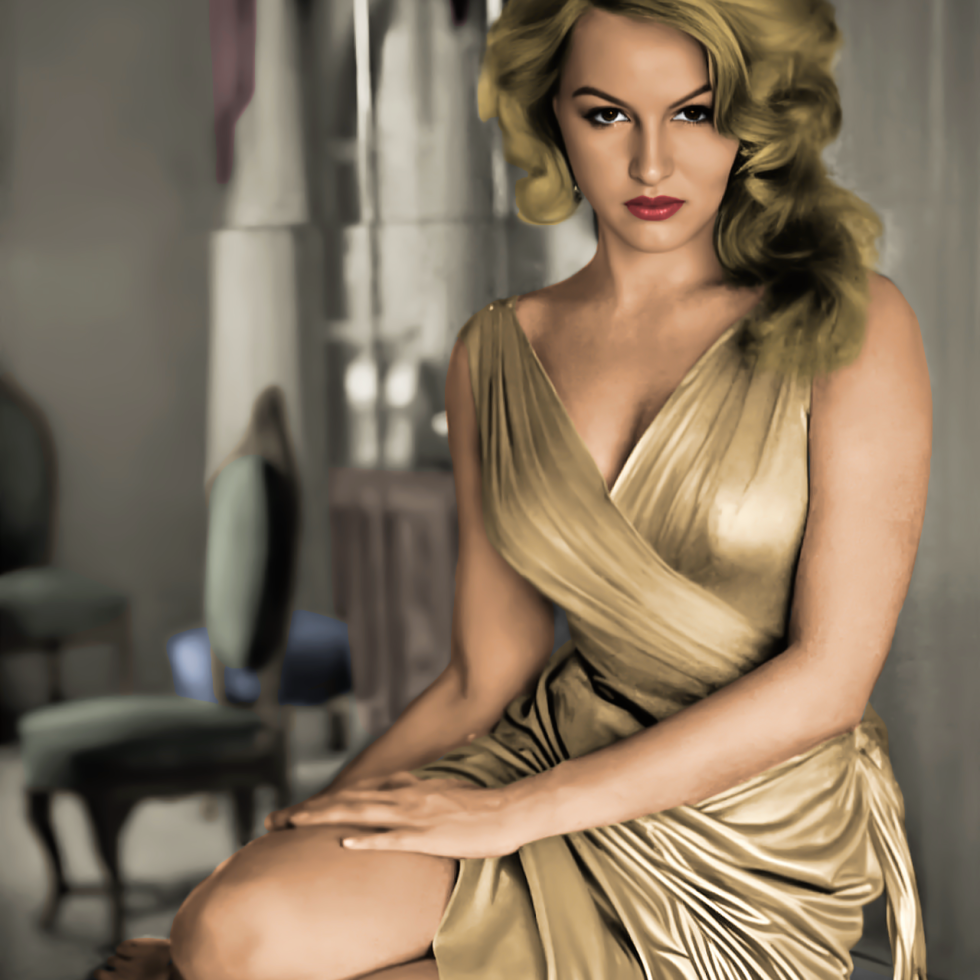
Julie Newmar is an enduring name in Hollywood, celebrated for her mesmerizing portrayal of Catwoman in the 1960s Batman television series. Her career, spanning over six decades, has seen her excel as an actress, dancer, singer, and even an inventor. With her intelligence, elegance, and versatility, Newmar has redefined what it means to be a multifaceted star. This article takes an in-depth look at her biography, illustrious career, and the legacy she continues to build.
Julie Newmar was born Julia Chalene Newmeyer on August 16, 1933, in Los Angeles, California. Raised in a family that valued both creativity and discipline, her mother, Helen Jesmer, was a former Ziegfeld Follies dancer, while her father, Donald Newmeyer, was a professional athlete turned engineer. These influences shaped Newmar’s passion for both the performing arts and the pursuit of excellence.
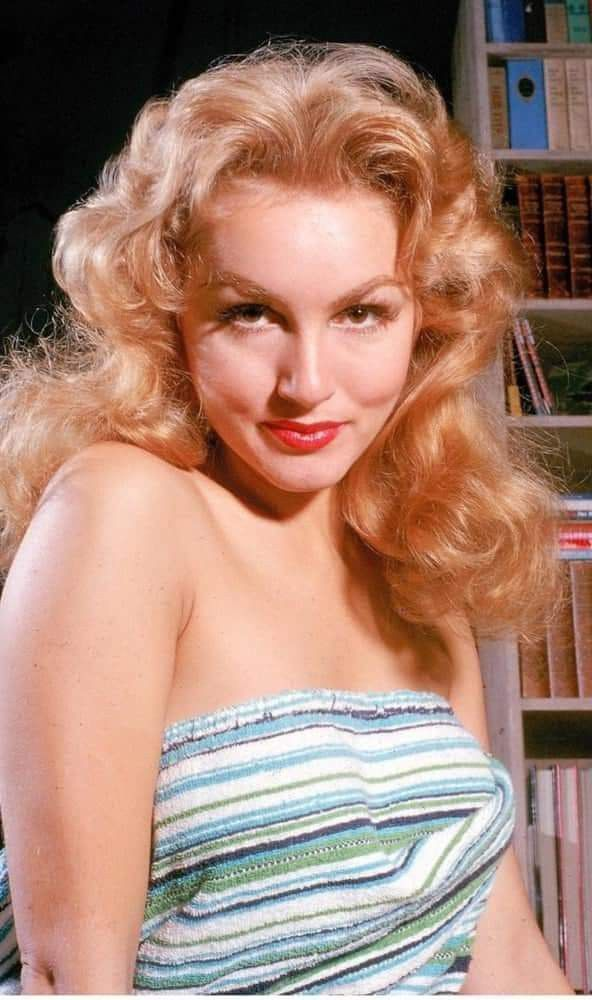
From a young age, Julie demonstrated exceptional talent in ballet, studying the discipline with dedication from the age of five. Her love for learning extended to academics, where she excelled in piano, philosophy, and French literature at the University of California, Los Angeles (UCLA). These formative years not only nurtured her artistic abilities but also provided a well-rounded foundation that would later define her career.
Julie Newmar’s journey to fame began on Broadway, where her statuesque figure and captivating stage presence quickly earned her recognition. One of her earliest standout roles was as Stupefyin’ Jones in the 1956 musical Li’l Abner. Her performance, a blend of charm and elegance, garnered widespread acclaim and set the stage for her ascent in the entertainment world.
Newmar also appeared in Broadway productions such as Silk Stockings and The Marriage-Go-Round, further solidifying her reputation as a talented and versatile performer. Her success on the stage naturally opened the doors to Hollywood, where her screen presence would soon captivate millions.
Julie Newmar’s career reached iconic status in 1966 when she donned the feline costume of Catwoman in the Batman television series. Her portrayal of the villainess was groundbreaking, combining sophistication, humor, and allure in a way that had never been seen before. She infused the character with wit and intelligence, making Catwoman a complex and unforgettable figure.
Her performance not only defined the role for future generations but also elevated the show’s appeal. Newmar’s Catwoman became a cultural phenomenon, inspiring countless adaptations and interpretations in comic books, movies, and television. Modern actresses such as Michelle Pfeiffer, Anne Hathaway, and Zoë Kravitz have all cited her as an influence in their portrayals of the character.
Julie Newmar’s Catwoman was more than just a memorable television character; she was a trailblazer. At a time when female characters were often sidelined, Catwoman stood out as a strong, independent, and multi-dimensional figure. Newmar’s performance helped pave the way for more substantial roles for women in action and sci-fi genres, setting a new standard for how female characters could be portrayed on screen.
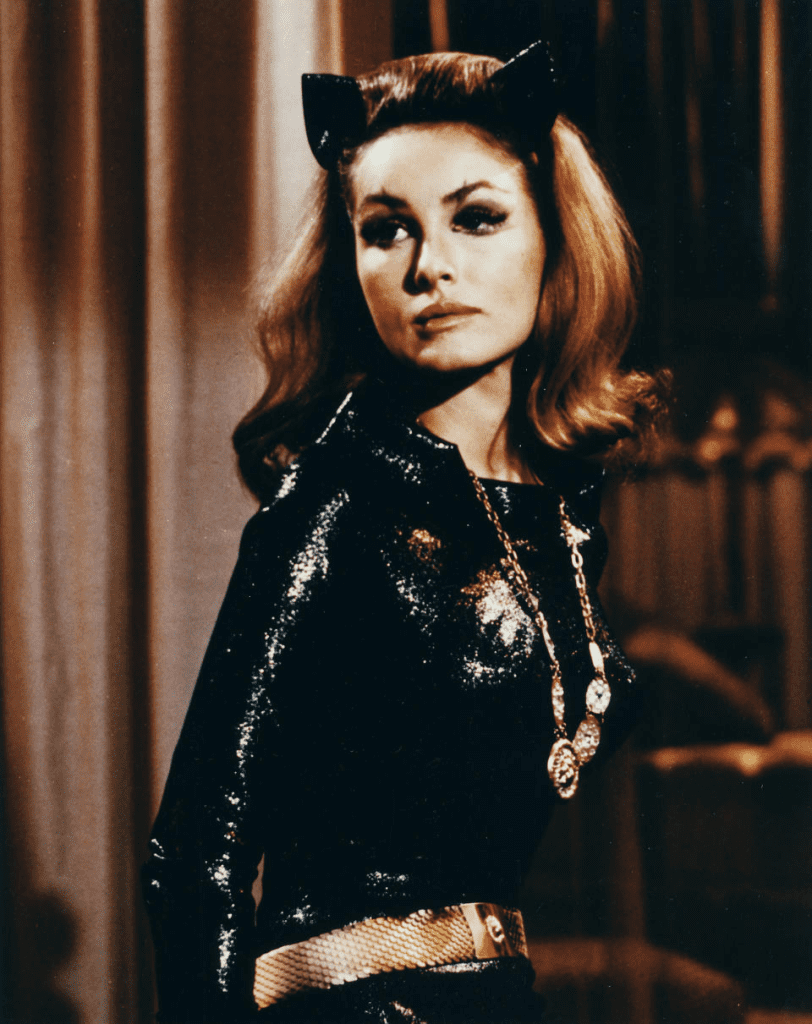
The character’s charm, intelligence, and depth resonated with audiences, making her an empowering figure for women and a fascinating enigma for men. Newmar’s portrayal demonstrated that women could be both alluring and formidable, leaving an indelible mark on television history.
While her role as Catwoman remains her most celebrated, Julie Newmar has a diverse filmography that spans genres and decades. She appeared in classics like The Band Wagon (1953) and Seven Brides for Seven Brothers (1954), showcasing her exceptional dancing skills. Her roles in films like Mackenna’s Gold (1969) and The Maltese Bippy (1969) further demonstrated her ability to excel in both comedy and drama.
Newmar was also a frequent presence on television, making guest appearances in popular shows such as The Twilight Zone, The Beverly Hillbillies, and The Monkees. Her innate charisma and ability to bring depth to her characters made her a sought-after actress, even in supporting roles. In the 1990s, her cameo in To Wong Foo, Thanks for Everything! Julie Newmar paid homage to her lasting influence on popular culture and the LGBTQ+ community.
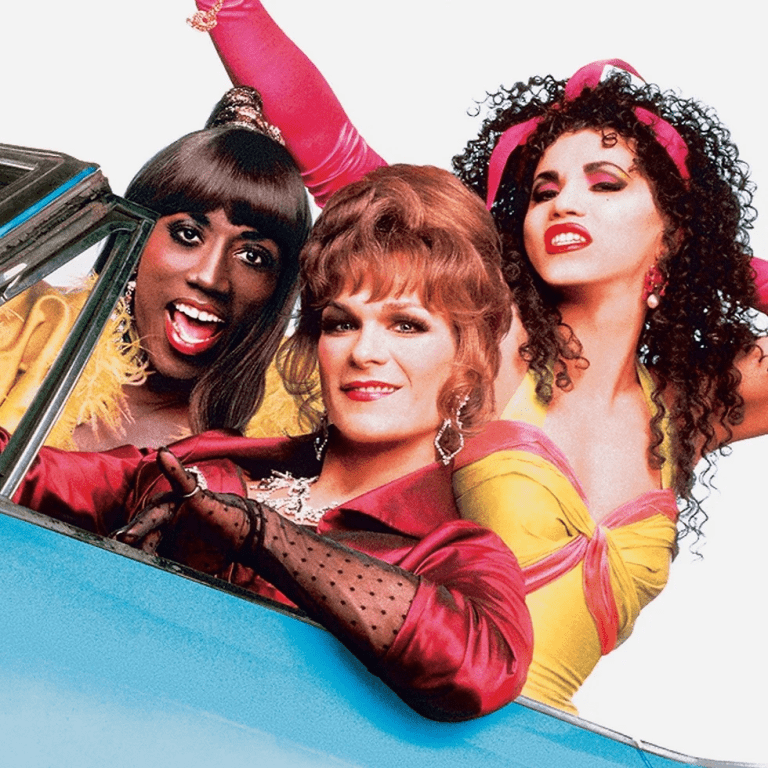
Julie Newmar’s talents extend far beyond acting and dancing. In the 1970s, she patented her own invention, “Nudemar,” a line of pantyhose designed to enhance a woman’s natural curves. This innovative product combined comfort and functionality, reflecting Newmar’s forward-thinking and entrepreneurial spirit.
Her interest in design also extended to real estate, where she invested in properties and created beautiful spaces. Newmar’s passion for architecture and her attention to detail have made her a respected figure in the field, adding another dimension to her multifaceted career.
In recent years, Julie Newmar has become a prominent advocate for health, wellness, and aging gracefully. She emphasizes the importance of physical fitness, mental clarity, and embracing change with a positive mindset. Her dedication to yoga, stretching, and meditation has been a cornerstone of her philosophy, helping her maintain vitality and balance as she navigates the later stages of her life.
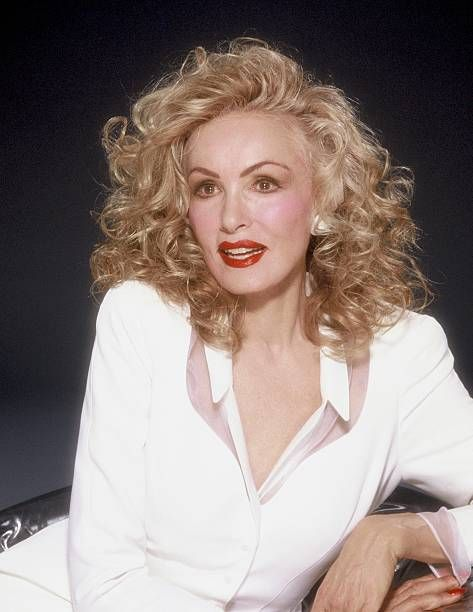
Newmar has spoken openly about the challenges and joys of aging, inspiring her fans to embrace each phase of life with confidence and grace. Her insights into wellness reflect her belief in the interconnectedness of mind, body, and spirit, making her a role model for people of all ages.
Julie Newmar’s impact on Hollywood and beyond cannot be overstated. Her groundbreaking work as Catwoman, her contributions to film and television, and her innovations as an inventor have left an indelible mark on popular culture. She has been a symbol of empowerment for women and a beloved figure in the LGBTQ+ community, demonstrating the power of authenticity and resilience.
Newmar’s advocacy for wellness and her entrepreneurial ventures highlight her ability to reinvent herself and thrive in multiple arenas. She remains an active and engaged public figure, attending conventions, participating in interviews, and connecting with fans who continue to admire her legacy.

Julie Newmar’s journey is a testament to the power of reinvention, determination, and talent. From her early days as a ballet prodigy to her rise as a Hollywood icon and her foray into innovation and advocacy, she has consistently broken barriers and redefined expectations. Her legacy as an actress, inventor, and advocate continues to inspire generations, proving that true greatness comes from embracing every facet of one’s identity.
Julie Newmar’s story is one of resilience, creativity, and impact—a legacy that will endure for decades to come.


